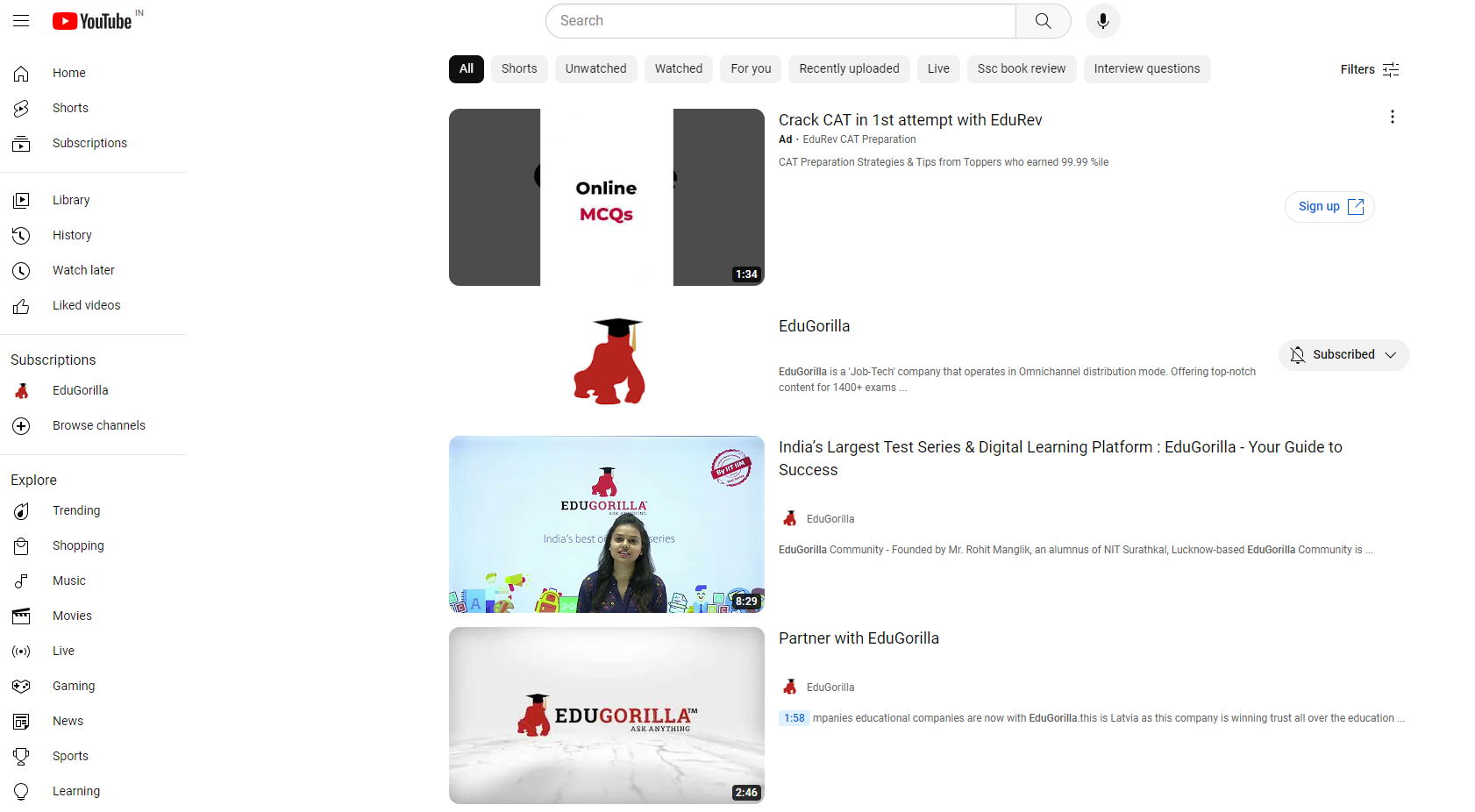The various ways and teaching methods developed by teachers for teaching their students are known as Principles of Teaching. Teachers develop these principles through their experience, making them trustworthy and dependable. There is more than one principle, so teachers can plan accordingly and teach systematically.

There are various fundamental principles of teaching practiced by teachers these days, let’s check them out one by one.
Analysis of Synthesis
Analysis and Synthesis are two different words with a common objective. The analysis means dividing a problem into parts, whereas synthesis means combining all the issues together. But when combined together in a particular manner, then we have a method that is conducive to teaching complicated topics. This method is applicable when dealing with a complex problem as it is much more convenient for us to divide that problem into various parts and deal with them one by one.
Now teachers in such situation opt to teach a sentence by breaking it into different parts. Like they teach various parts of a sentence one by one so that students can understand all the small details, this is an analysis. Once the student understands all these small details, then teacher combines them all to help them understand the whole concept. This combination is Synthesis, which is among the most popular strategies in teaching.
Particular to General
Now this is another popular way the teachers make students understand the topics. In this methodology teachers first tell about a particular thing which is more relatable to students so that they can develop an understanding of what the teacher wants to explain. This explanation can be given by simply giving an example of some sort then once the students understand the logic or concept behind the example then the teachers generalize that logic to help students understand what they needed to explain in the first place.

For example, if a teacher wants to explain a problem of addition, they give the example of counting fingers or apples instead of numbers. That’s among the most effective teaching strategies.
Empirical to Rational
Empirical knowledge is completely based on the knowledge gained by personal experiences and observations. Empirical knowledge is very particular and fixed. Empirical knowledge is practical and real however rational knowledge is based on our conversations, arguments and explanations of different sorts. In general, seeing an event and having instant feelings about it is the first step whereas arguing whether it was done in a right way or wrong way or explaining the event is the final step.

Similarly, in teaching one moves from Empirical to Rational because this is more helpful in making students understand some events. This is among the popular teaching strategies examples.
Induction to Deduction
Induction is when multiple examples are given and then the conclusion taken out of it. On the other hand Deduction is different. It means to take out some instances or inferences through a basic rule or principle or a conclusion. While teaching, teachers often give examples to bring out conclusion from it. This conclusion is taken as a reference to teach another topic which is somehow related to the first topic.
We can take the example of sentence formation of different tenses, where first the Present Tense is taught by giving some examples, then remaining two tenses are explained by using the established understanding of the Present Tense.
Psychological to Logical
Teachers first consider the psychological traits of students, such as their interests, development level, understanding ability, aptitude, and many more. Therefore teachers must explain topics so that students can indulge with teachers and what they are explaining. Once the interest of the students is hooked, then teacher can explain the main logic of that topic.
So overall we can say that firstly the teachers have to appeal to the student’s minds to attract them towards the topics and then they can get into the concepts and other details that are necessary for them to know.
Actual to Representative
Now this is a very subjective approach as it is not possible in every case. When explaining something it becomes very hard for teachers to make students visualize what Actual to Representative is a very subjective approach as it is quite impossible in every case. When explain something, it becomes hard for teachers to make students visualize what they explain, and if a student can visualize then they are good or else they will not be able to understand the explanation.
For example, if you want to explain to students how to cycle. Now, if you do not have a cycle, then you will have to explain that a cycle has two wheels, a chain, peddle, handle, breaks, etc. This gets very complicated to explain and someone hearing it for the first time will not be able to understand it at all. Now, the simpler solution is that, we bring a cycle and show it to the students and they will be able to understand everything much faster.
Such cases are applicable in lower classes where children are getting to know about various types of things, such as animals, fruits, colors etc. Also, in higher education such as Engineering, Medical Science, Architecture and many more where visualizing is so complicated that one must see to know.
Whole to Part
This is a very basic practice in teaching in which the teacher first teaches the whole chapter at once and thereafter starts discussing various segments and parts of that chapter. For example, a short story in English Literature. Firstly, the teacher makes the students read the whole story and explains it. Once the story ends there are points to remember, questions and answers, fill in the blanks, MCQs and all sorts of exercises. All these exercises talk about that story in parts, like, the question and answers are there to discuss the various events of that chapter. So when the teacher makes students do these exercises, this is basically teaching the chapter in different parts and segments.
ABOUT GIBBON
Gibbon is a Plug and Play solution offered by EduGorilla, for anyone with a skill to teach. Gibbon helps you to take your classes online and earn independently.
- Gibbon gives you the ability to conduct & record LIVE classes, host unlimited video courses, provide online mock tests, and conduct online tests with LIVE proctoring abilities.
- Gibbon also provides you ready-made content of 1600+ Competitive, Entrance, and Academic exams from around the country.
- Gibbon helps you reach out to more students online and get a complete marketing setup.
- We have helped more than 3000 Brands, 10000 Institutes, 20000 Teachers and 2 Crore Students, transform their education and future.
Gibbon stands for “Online-Ready Teachers for a Future-Ready India”.
To get started, book your free demo now.

Frequently Asked Question:
Question: What are the importance of Maxims of Teaching?
Answer: Maxims of teaching act as the springboard which catalyzes the momentum of teaching-learning process and thus helps the teacher in achieving the pre-determined objectives of education.
Question: Why is knowledge about Maxims of teaching is necessary for the teachers?
Answer: Having a proper knowledge about the different maxims of teaching helps the teachers to proceed systematically.
Question: How does the maxims of teaching can strengthen the teaching/learning process?
Answer: The Maxims in teaching are basically some techniques implemented by the teachers during the teaching/learning process. These maxims in the teaching proccess helps the teacher to attain and maintain the interest of the students throughout the lecture.
Question: What are some maxims of teaching?
Answer: Analysis of Synthesis, articular to General, Empirical to Rational, Induction to Deduction, Actual to Representative.





